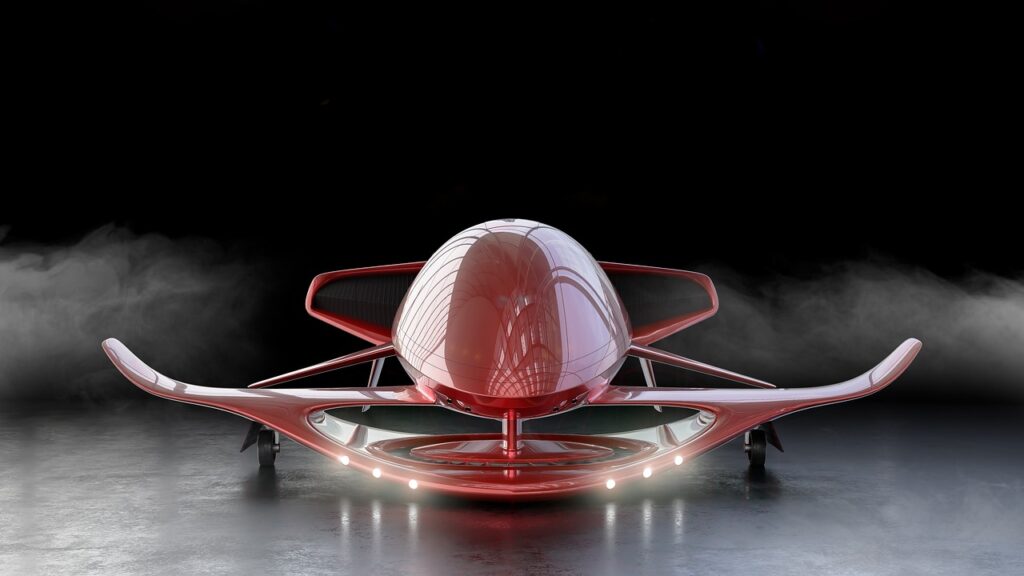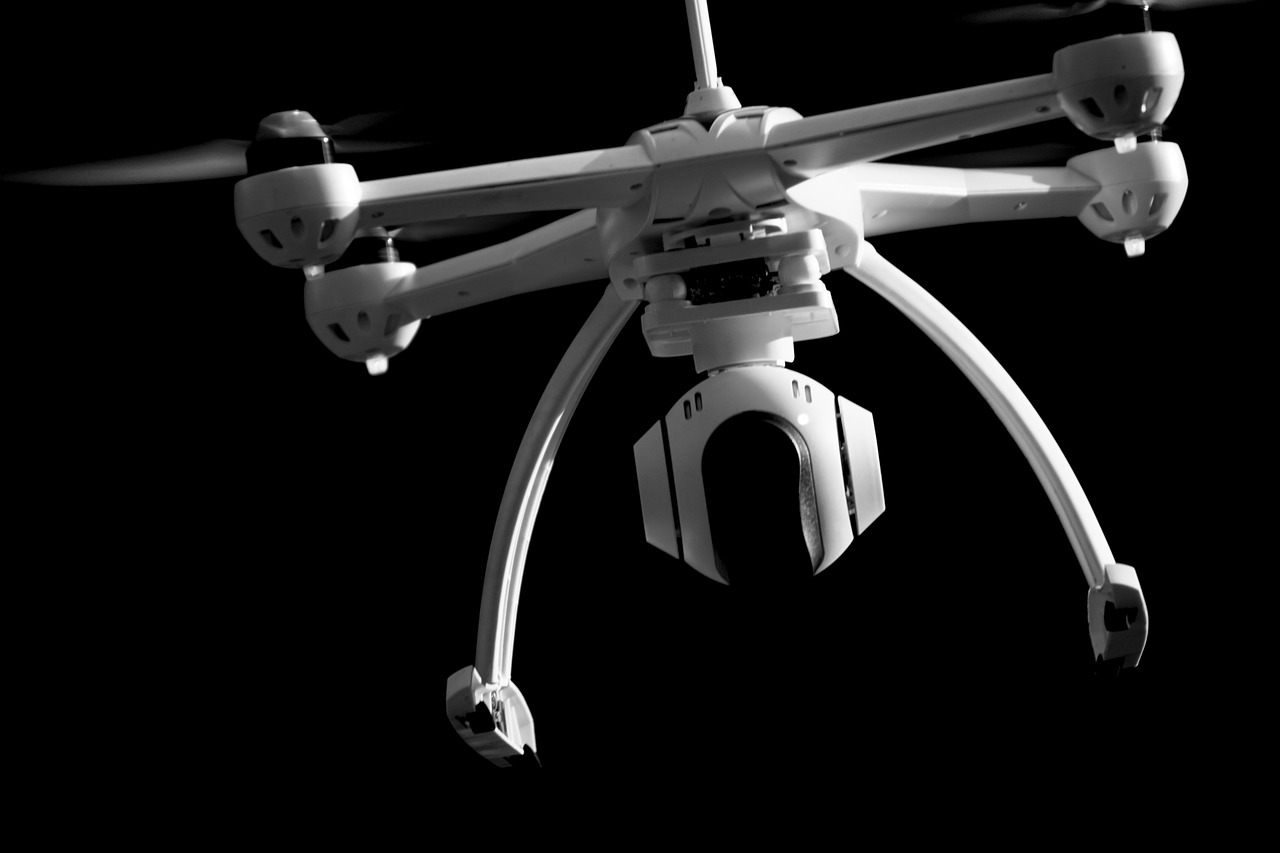The Black Hornet Drone: Revolutionizing Surveillance and Reconnaissance
Introduction
In the ever-evolving landscape of military technology, the Black Hornet drone stands out as a groundbreaking innovation in surveillance and reconnaissance. Developed by the Norwegian company Dynamics and later acquired by the French defense conglomerate Thales Group, the Black Hornet, consequently, offers a unique blend of advanced technology, compact design, and operational efficiency. This article delves into the key features, applications, and impact of the Black Hornet drone, exploring how it has revolutionized modern tactical operations.
The Genesis of the Black Hornet
The Black Hornet Nano, commonly known as the Black Hornet, was first introduced in 2007 The Black Hornet addresses the need for a highly portable, lightweight, and effective surveillance tool for military personnel. Engineers designed the drone in response to the growing demand for miniature UAVs (Unmanned Aerial Vehicles) capable of providing real-time intelligence in complex and dynamic environments.

Design and Specifications
One of the most striking aspects of the Black Hornet is its size. Measuring approximately 10 centimeters in length with a wingspan of around 13 centimeters, it is remarkably small and lightweight, weighing only 16 grams. This compact design lets soldiers easily carry it in their pockets or tactical vests, enhancing its portability and accessibility.
Despite its small size, the Black Hornet comes with sophisticated technology. Specifically, it features high-definition cameras that provide both day and night vision capabilities. Moreover, the drone’s camera system can capture video and still images, and it transmits them in real time to the operator on the ground. Consequently, this feature is crucial for providing actionable intelligence during operations.
A rechargeable lithium-polymer battery powers the Black Hornet, allowing it to fly for approximately 20 to 30 minutes on a single charge. Its flight range is up to 1.5 kilometers, providing a significant operational radius for reconnaissance missions. Its advanced gyroscopic stabilization system enhances the drone’s flight stability and maneuverability, ensuring reliable performance even in challenging conditions.
Operational Capabilities
The Black Hornet’s primary role is in surveillance and reconnaissance. It provides a valuable edge in gathering real-time intelligence, which is essential for making informed tactical decisions. The drone’s small size and low noise level make it an effective tool for covert operations.You can deploy it in urban environments, dense forests, and other areas where larger UAVs might be less effective.
One of the key advantages of the Black Hornet is its ability to operate discreetly. The drone’s low acoustic signature and small visual profile make it difficult for adversaries to detect, reducing the risk of compromise. Additionally, you can quickly deploy and retrieve the Black Hornet, allowing for rapid adjustments during dynamic situations.
Applications and Impact
Various military forces around the world, including the armed forces of the United States, the United Kingdom, and Australia, have employed the Black Hornet. It also sees use in humanitarian missions and disaster response scenarios.
In military contexts, the Black Hornet has proven invaluable in providing situational awareness for ground troops. Its real-time video feed allows commanders to assess threats, identify targets, and plan maneuvers with greater precision. This enhanced situational awareness can significantly reduce the risk to personnel and improve mission outcomes.
In non-combat scenarios, the Black Hornet’s ability to quickly gather information and assess environments makes it a useful tool for disaster response teams.You can employ it to survey disaster-stricken areas, assess damage, and locate survivors. Its versatility and ease of use make it a valuable asset in a variety of critical situations.
Future Prospects
As technology continues to advance, the Black Hornet is likely to see further improvements in its capabilities. Miniaturization, battery technology, and sensor integration will enhance the drone’s performance and expand its applications.The continued evolution of UAV technology will ensure that the Black Hornet remains at the forefront of surveillance and reconnaissance tools.
Conclusion
The Black Hornet drone represents a significant leap forward in the field of tactical surveillance and reconnaissance. Its compact design, advanced technology, and versatile applications have established it as a crucial asset for military and humanitarian operations alike. As technology continues to evolve, the Black Hornet will undoubtedly continue to play a pivotal role in shaping the future of aerial reconnaissance.

